29+ Transformational Leadership Examples to Download
In the dynamic landscape of leadership, the concept of transformational leadership has emerged as a powerful approach to driving organizational growth and fostering individual development. Through this article, we will explore the essence of transformational leadership, delve into its key characteristics and strengths, and provide real-world examples that illustrate its impact. Whether you’re a seasoned leader or aspiring to develop your leadership skills, understanding transformational leadership can guide you towards achieving exceptional outcomes.
1. Transformational Leadership Example
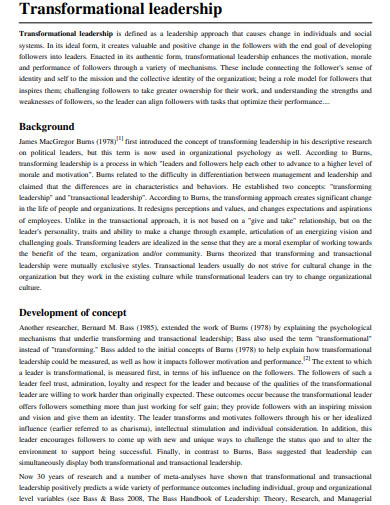
langston.edu
2. Nursing Transformational Leadership Example
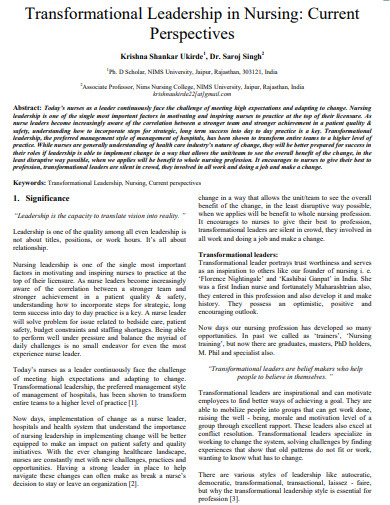
ijsr.net
3. Transformational Leadership Servant Example

csuepress.columbusstate.edu
4. Idealized Influence Transformational Leadership

core.ac.uk
5. Intellectual Stimulation Transformational Leadership

ijbssnet.com
6. Transformational Leadership Illustration Example

bsc.edu
7. Transformational Leadership Style Example
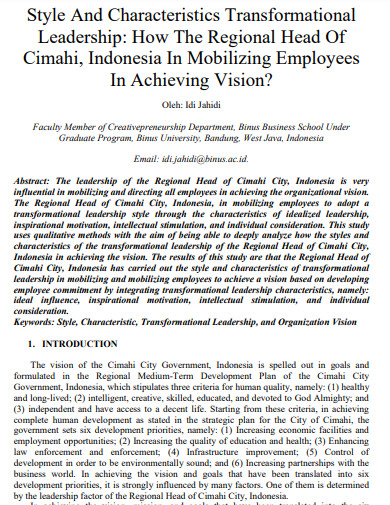
ejmcm.com
8. Transformational Leadership Healthcare Example
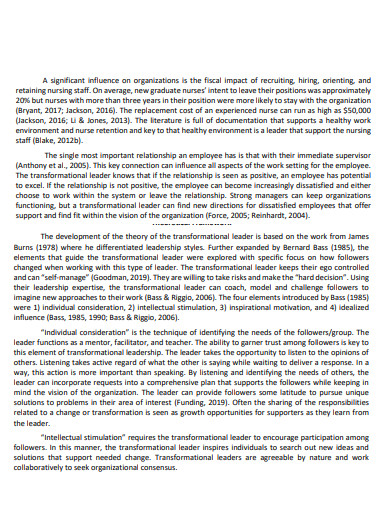
files.eric.ed.gov
9. Transformational Leadership Infographic Example

flashpointleadership.com
10. Transformational Leadership Education Example

europeanproceedings.com
11. Transformational Leadership Organizational Example
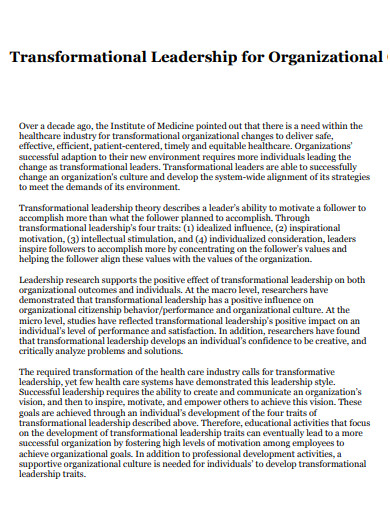
business.fiu.edu
12. Transformational Leadership Framework Example

files.eric.ed.gov
13. Transformational Leadership Development Example
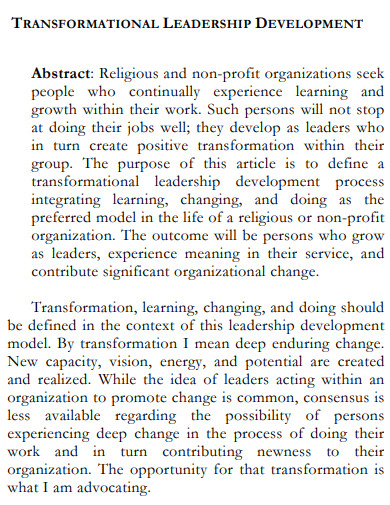
digitalcommons.andrews.edu
14. Transformational Leadership Individualized Consideration Example
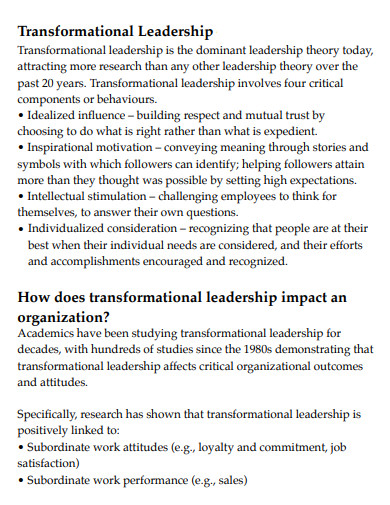
smith.queensu.ca
15. Transformational Leadership Questionnaire Example
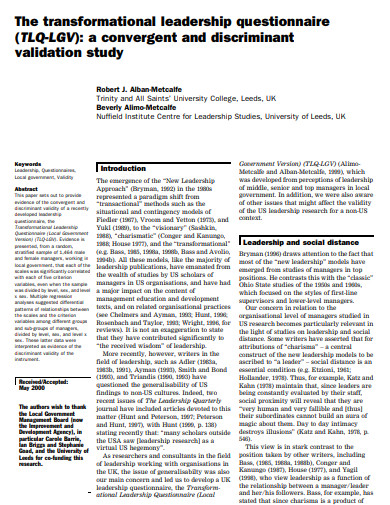
researchgate.net
16. Transformational Leadership Authentic Example

ilkogretim-online.org
17. Transformational Leadership Management Example
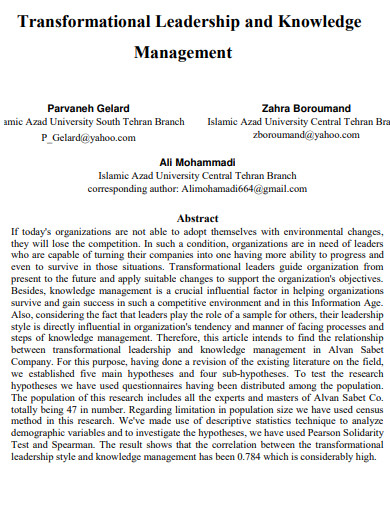
d1wqtxts1xzle7.cloudfront.net
18. Transformational Leadership Example

deloitte.com
19. Characteristics Transformational Leadership Example

ejmcm.com
20. Educational in Transformational Leadership Example
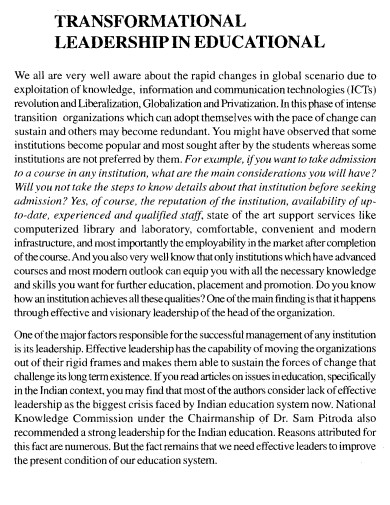
egyankosh.ac.in
21. Sample Transformational Leadership Example

files.eric.ed.gov
22. Principles of Transformational Leadership Example
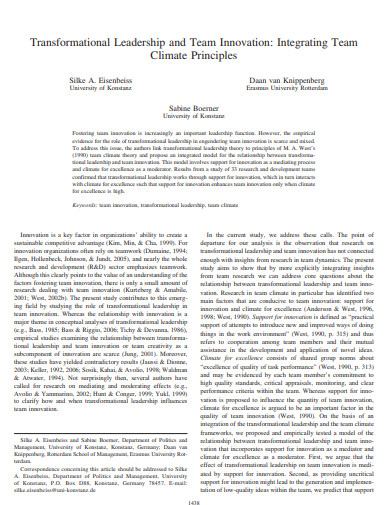
d-nb.info
23. Transformational Leadership Format
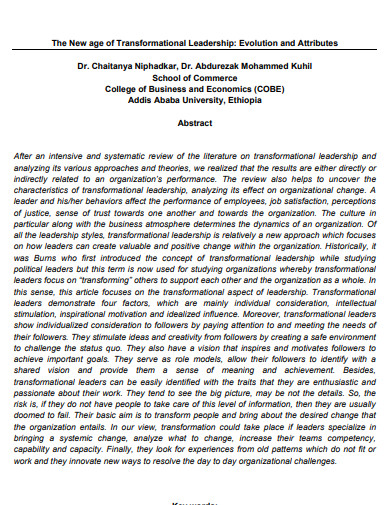
ijser.org
24. Transformational Leadership Overview Example
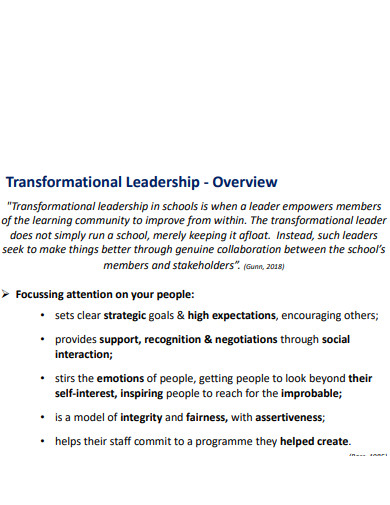
eaquals.org
25. Simple Transformational Leadership Example
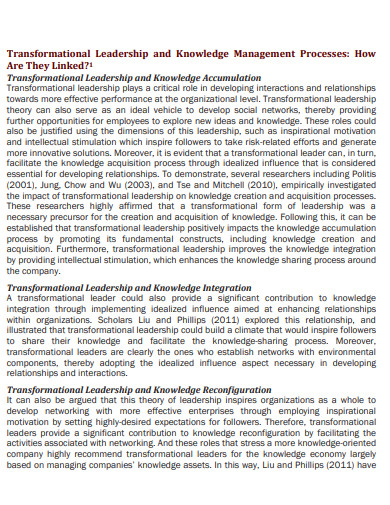
scholar.valpo.edu
26. Effectiveness Transformational Leadership
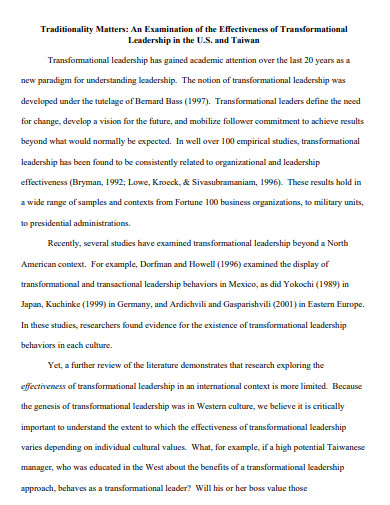
webuser.bus.umich.edu
27. Basic Transformational Leadership Example
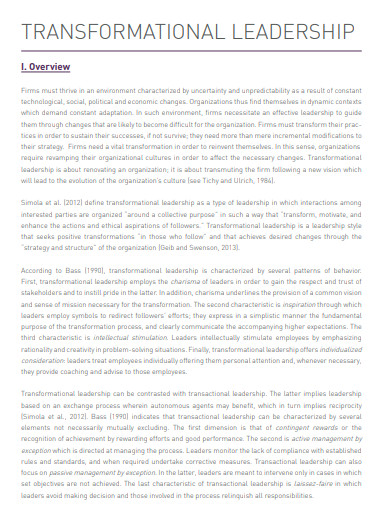
imd.org
28. General Transformational Leadership Example
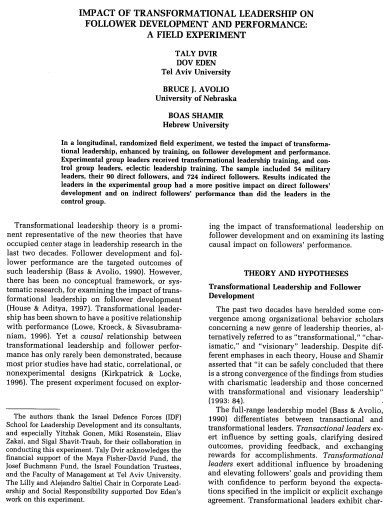
digitalcommons.unl.edu
29. Standard Transformational Leadership Example
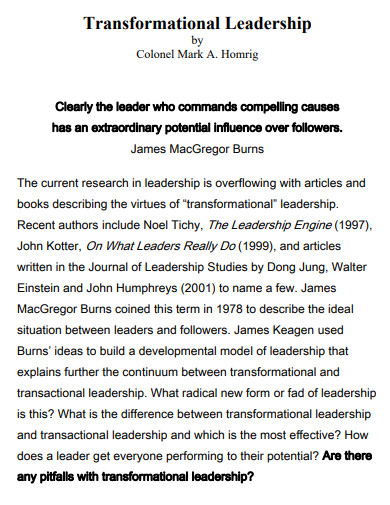
gocivilairpatrol.com
30. Editable Transformational Leadership Example
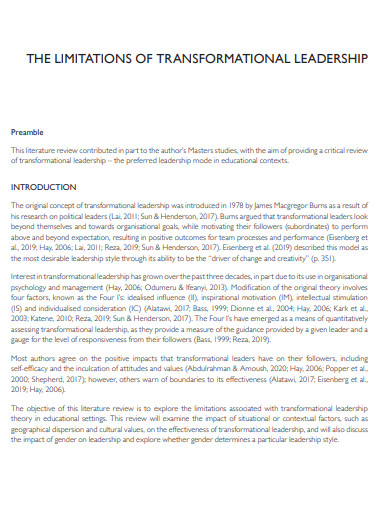
thescopes.org
What is a Transformational Leadership?
Transformational leadership is a leadership style that revolves around inspiring and motivating followers to achieve remarkable results by cultivating a shared vision and promoting personal growth. Unlike traditional leadership approaches that focus solely on achieving objectives, transformational leadership emphasizes the development of individuals and groups, encouraging them to surpass their potential. This style is characterized by a leader’s ability to empower, inspire, and foster a sense of belonging among their team members. By leading with empathy, vision, and a commitment to positive change, transformational leaders create an environment conducive to innovation and progress.
How to learn the Transformational Leadership
Embarking on the journey of transformational leadership requires a strategic approach that combines interpersonal skills, observation, and the pursuit of long-term objectives. Let’s explore a step-by-step guide to help you lead with a transformational mindset and make a lasting impact.
Step 1: Develop a Clear Vision and Mission
Begin by crafting a compelling vision that outlines the desired future state of your team or organization. This vision should resonate with your team members and align with their values and aspirations. Communicate this vision consistently, emphasizing the positive changes it will bring and how each individual’s contributions matter.
Step 2: Cultivate Strong Relationships
Transformational leadership hinges on building strong interpersonal relationships with your team members. Take time to understand their strengths, weaknesses, and career goals. Offer guidance and mentorship, creating an environment where open communication is encouraged.
Step 3: Encourage Innovation and Creativity
Promote an atmosphere of innovation by encouraging your team to think outside the box. Provide the necessary resources and support for exploring new ideas. Recognize and celebrate novel solutions, reinforcing a culture of creativity.
Step 4: Lead by Example
Demonstrate the behavior and attitude you expect from your team. Model the values of dedication, commitment, and positivity. Your actions will set the tone for the entire group and inspire them to uphold similar standards.
FAQs
What are the key skills needed for transformational leadership?
Transformational leaders require strong communication skills, empathy, active listening, and the ability to inspire and motivate others towards a shared vision.
What are the strengths and weaknesses of transformational leadership?
The strengths include enhanced team performance, increased innovation, and improved morale. However, its weaknesses might include the potential for burnout due to high expectations and the need for continuous guidance.
How does transformational leadership align with long-term goals?
Transformational leadership focuses on personal growth and development, which in turn contributes to the achievement of long-term goals. By nurturing skills and abilities, leaders create a sustainable path to success.
Transformational leadership is a powerful approach that transcends traditional models by fostering growth, innovation and a shared sense of purpose. Through the step-by-step guide presented in this article, you can cultivate transformational leadership skills and create an environment where positive change flourishes. By embracing this leadership style, you have the potential to inspire your team to achieve exceptional outcomes and make a lasting impact in your field.


